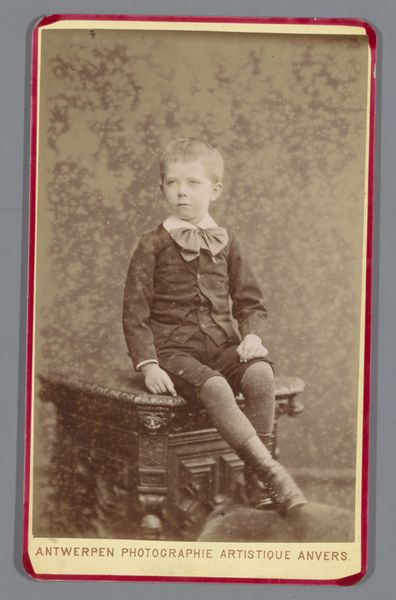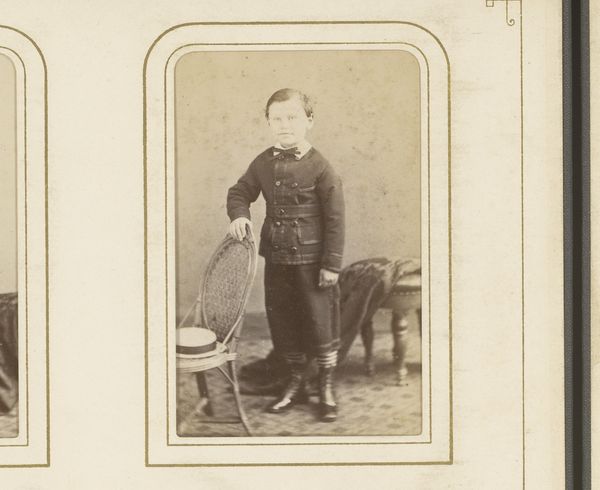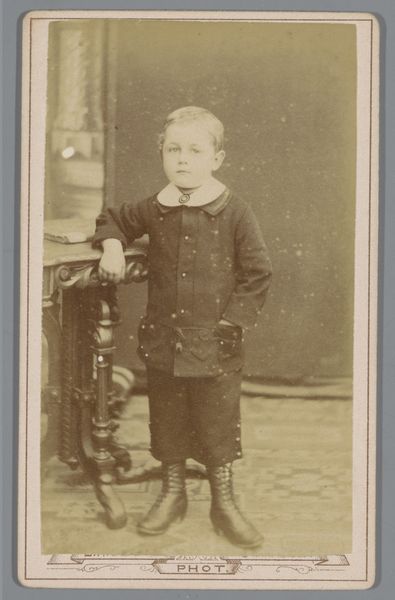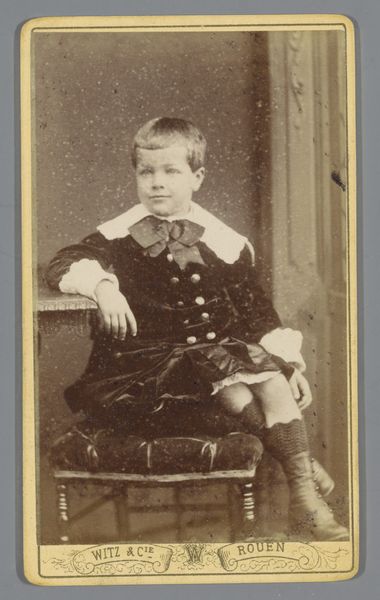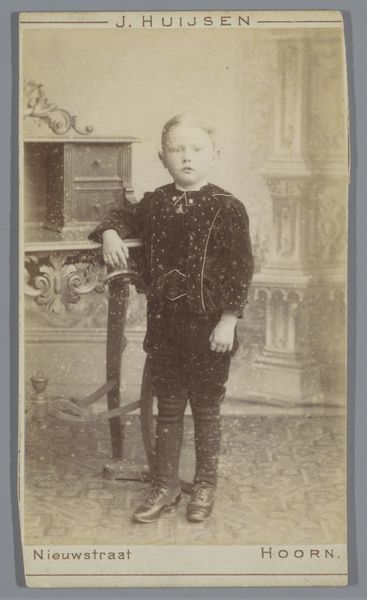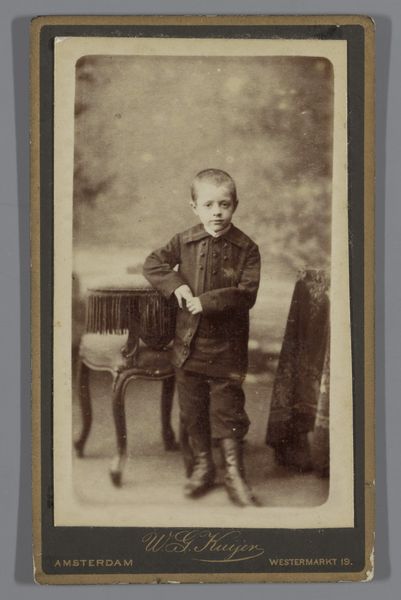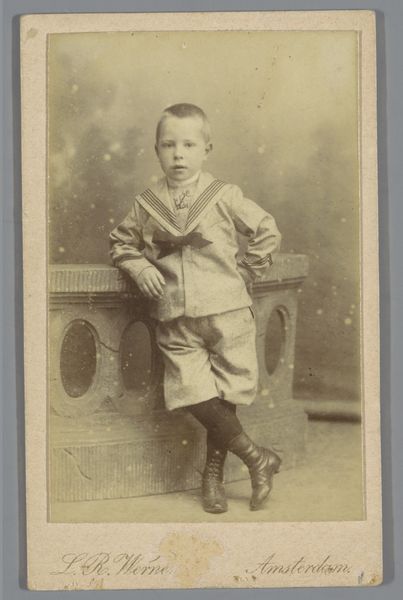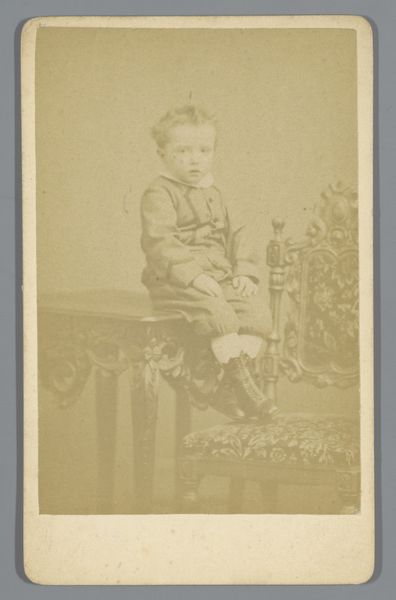
daguerreotype, photography
#
portrait
#
daguerreotype
#
photography
#
historical photography
#
19th century
#
genre-painting
Dimensions: height 83 mm, width 52 mm
Copyright: Rijks Museum: Open Domain
Editor: This is a captivating daguerreotype from between 1867 and 1884, “Portrait of a Seated Boy with Beret,” created by Wegner & Mottu and held at the Rijksmuseum. The stern expression on his face is intriguing. What’s your take on it? Curator: Well, it speaks volumes about the evolving social function of portraiture. Prior to photography, portraits were primarily for the elite, a statement of power and legacy. How do you think the advent of photography democratized this? Editor: I guess it made portraits more accessible to the middle class, right? It's not just royalty anymore. Curator: Precisely! Studios like Wegner & Mottu became commonplace. But consider this – what does it mean for a child to be presented with such seriousness? Is this about individuality, or conformity to social expectations? Editor: Hmmm. The sailor suit... was that typical for boys back then? Curator: Absolutely. It represents more than just fashion; it echoes the burgeoning sense of nationhood and colonial power. These images circulated widely, shaping ideas of childhood and citizenship. It is, essentially, visual propaganda, would you agree? Editor: That's eye-opening! I hadn't thought about it as a kind of early advertisement for a certain kind of… ideal citizen? Curator: Indeed. The ‘genre painting’ aspect indicates that he can be both himself, and a stereotype. Editor: I'll definitely view 19th-century photography differently from now on. The conversation revealed how social class shaped the cultural narrative. Curator: The medium itself holds messages. I found myself thinking about its influence on the broader societal values during the time.
Comments
No comments
Be the first to comment and join the conversation on the ultimate creative platform.
